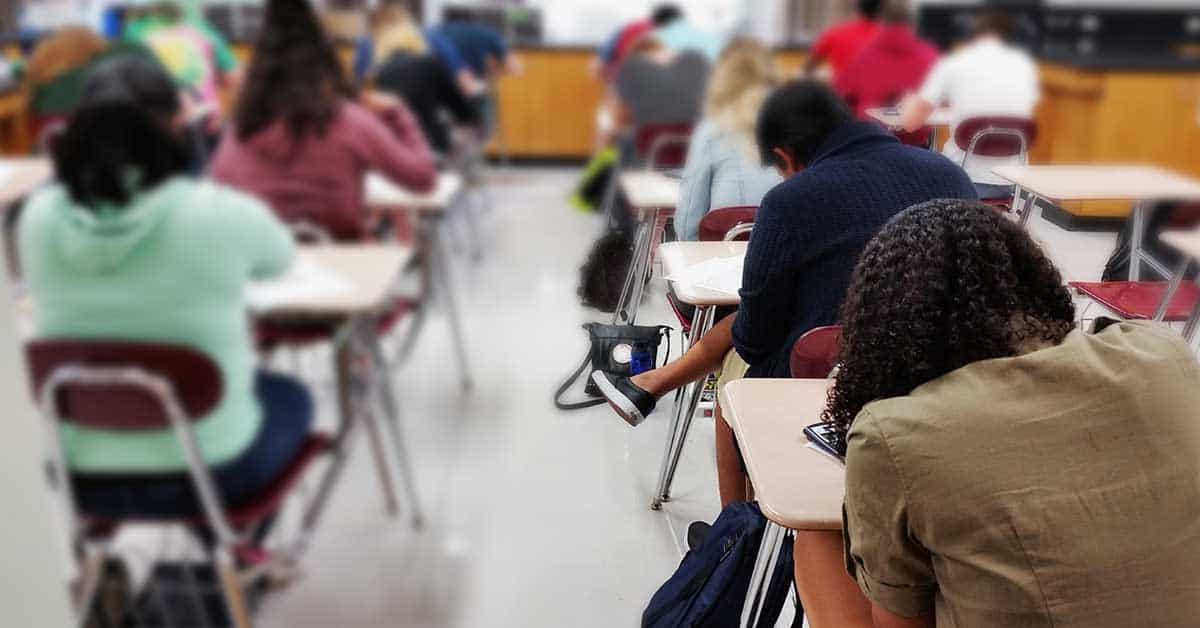The Growing Education Crisis
The education sector needs help to keep pace with the rapid technological advancements seen in other industries. Schools are under-resourced, professional development needs improvement, and pervasive resistance to adopting new technologies exists. As a result, students need to be adequately prepared for the demands of the global economy. According to a study by McKnight et al. (2016), many educators need more skills and resources to integrate technology into their classrooms effectively.
The Power of Technology and Innovation
Integrating technology and innovation into education is now optional but essential. Advanced technologies such as artificial intelligence (AI), machine learning, and assistive technologies can revolutionize how we teach and learn. For instance:
- AI and Machine Learning: These technologies can personalize learning experiences, provide instant feedback, and identify areas where students need additional support. AI-driven tools can also help teachers manage their workload more efficiently (Esteva et al., 2017).
- Assistive Technologies: Tools like speech-to-text, text-to-speech, and learning apps can support students with disabilities, making education more inclusive and effective (Yang & Rossi, 2017).
- Automation and Robotics: Automation in administrative tasks can free educators to focus more on teaching and less on paperwork, while robotics can offer hands-on learning experiences in STEM fields (McGovern et al., 2017).
The Need for Systemic Change
Systemic change is required to bridge the gap between education and the workforce. This involves:
- Updating Curricula: Schools must update their curricula to include training in digital literacy, coding, cybersecurity, and other essential skills for the modern workforce (Wagner, 2018).
- Investing in Professional Development: Continuous professional development for educators is crucial to ensure they are equipped to use new technologies effectively (Basso & Antle, 2020).
- Resource Allocation: Adequate funding must be allocated to integrate advanced technologies into classrooms and provide students with access to necessary tools and materials (Sutcher et al., 2019).
Historical Lessons on Resistance to Change
History has shown that resistance to technological advancements often leads to failure. Companies and industries that failed to adapt were eventually left behind. For example:
- Blockbuster: Blockbuster Video’s refusal to embrace digital streaming led to its downfall, while Netflix thrived by embracing the change (Wang, 2018).
- Kodak: Kodak’s reluctance to shift to digital photography resulted in its bankruptcy despite being a pioneer in the industry (Mui, 2012).
The Consequences of Inaction
The consequences of continuing with the status quo in education are dire. Students need to integrate technology and embrace innovation to prepare for the workforce, and the education system will continue to stay caught up. It is critical to act now to ensure our students have the skills they need to succeed in a rapidly changing world.
Urgency for Reform
The urgency of reforming education cannot be overstated. The current system is not sustainable, and with significant changes, it will succeed in meeting the needs of students and society. Embracing technology, fostering innovation, and making systemic changes are the only viable solutions to the education crisis.

Join the movement to modernize our education system and prepare students for the future workforce. Subscribe to our newsletter for updates on the latest advancements and how they can benefit education.
Conclusion
The education crisis demands urgent action. By embracing technology, fostering innovation, and implementing systemic changes, we can ensure that students are prepared for the global economy and workforce. Ignoring these advancements will only lead to failure. The time to act is now.
Frequently Asked Questions
1. What are the main challenges facing the education sector today?
The education sector faces under-resourced schools, inadequate professional development, and resistance to adopting new technologies.
2. How can technology improve education?
Technology can personalize learning, provide instant feedback, support students with disabilities, and streamline administrative tasks, making education more effective and inclusive.
3. What are the consequences of not integrating technology in education?
Students need to integrate technology to be prepared for the future workforce, and the education system will fall further behind, unable to meet the demands of the modern economy.
- What is the role of professional development in addressing the education crisis?
Continuous professional development ensures that educators have the skills to integrate new technologies and innovative teaching methods effectively into their classrooms.
- How can schools update their curricula to better prepare students for the workforce?
Schools can update their curricula by including training in digital literacy, coding, cybersecurity, and other essential skills required in today’s job market.
- What historical lessons can be applied to the education crisis?
Historical examples, such as Blockbuster and Kodak, show that resistance to technological advancements can lead to failure. The education sector must learn from these lessons and embrace change to avoid obsolescence.
- What are the key technologies that can revolutionize education?
Key technologies include artificial intelligence, machine learning, assistive technologies, and automation. These tools can personalize learning, support students with disabilities, and streamline administrative tasks.
- What is the importance of resource allocation in solving the education crisis?
Adequate funding and resources are essential to integrate advanced technologies into classrooms, provide access to necessary tools and materials, and support professional development for educators.
- Why is there an urgency for reform in the education system?
The current education system needs to be more sustainable and meet the needs of students and society. Significant changes are necessary to prepare students for the future workforce and ensure the education system remains relevant.
- How can individuals contribute to modernizing the education system?
They can advocate for education reform, support initiatives that integrate technology and innovation in education, and stay informed about the latest advancements through resources like newsletters.
References
Basso, A., & Antle, A. N. (2020). Designing for diversity: Interactive systems for inclusive education. ACM Transactions on Computer-Human Interaction, 27(4), 1-35. https://doi.org/10.1145/3381782
Esteva, A., Robicquet, A., Ramsundar, B., Kuleshov, V., DePristo, M., Chou, K., Cui, C., Corrado, G. S., Thrun, S., & Dean, J. (2017). A guide to deep learning in healthcare. Nature Medicine, 25(1), 24-29. https://doi.org/10.1038/nm.4297
McGovern, C., Malla, C., & Palmer, T. (2017). Robots in the classroom: Artificial intelligence in education. Journal of Education and Learning, 6(2), 98-104. https://doi.org/10.5539/jel.v6n2p98
McKnight, K., O’Malley, K., Ruzic, R., Horsley, M. K., Franey, J. J., & Bassett, K. (2016). Teaching in a digital age: How educators use technology to improve student learning. Journal of Research on Technology in Education, 48(3), 194-211. https://doi.org/10.1080/15391523.2016.1175856
Mui, C. (2012). How Kodak failed. Forbes. https://www.forbes.com/sites/chunkamui/2012/01/18/how-kodak-failed
Sutcher, L., Darling-Hammond, L., & Carver-Thomas, D. (2019). Understanding teacher shortages: An analysis of teacher supply and demand in the United States. Learning Policy Institute. https://learningpolicyinstitute.org/product/understanding-teacher-shortages-report
Wagner, T. (2018). The global achievement gap: Why even our best schools don’t teach the new survival skills our children need—and what we can do about it. Basic Books.
Wang, S. (2018). Netflix vs. Blockbuster: A case study in the evolution of digital content. Digital Strategy. https://www.digitalstrategy.org/netflix-vs-blockbuster-case-study
Yang, S. Y., & Rossi, P. G. (2017). Assistive technology in inclusive education: Impact on students with disabilities. Assistive Technology Outcomes and Benefits, 11(1), 1-9. https://doi.org/10.5465/amle.2016.0095




